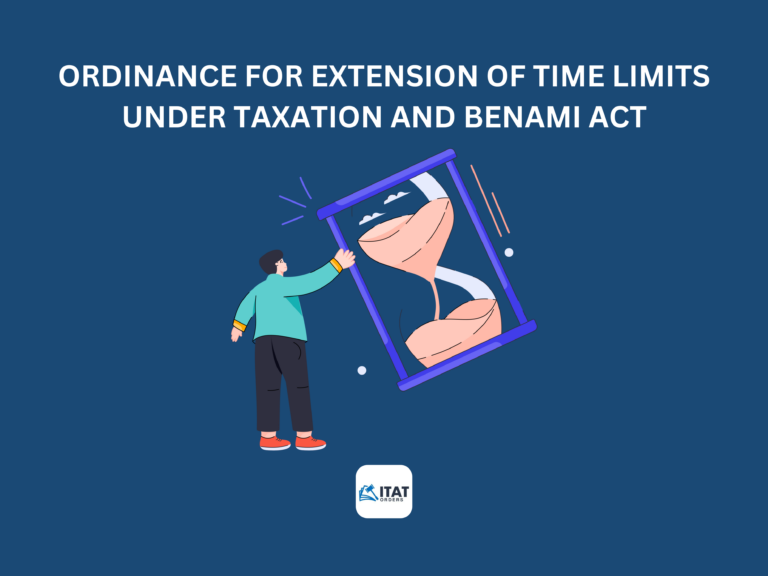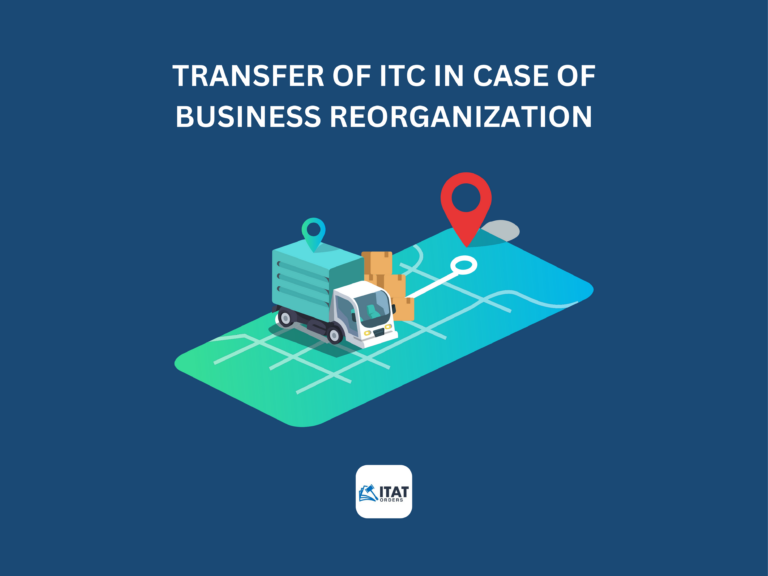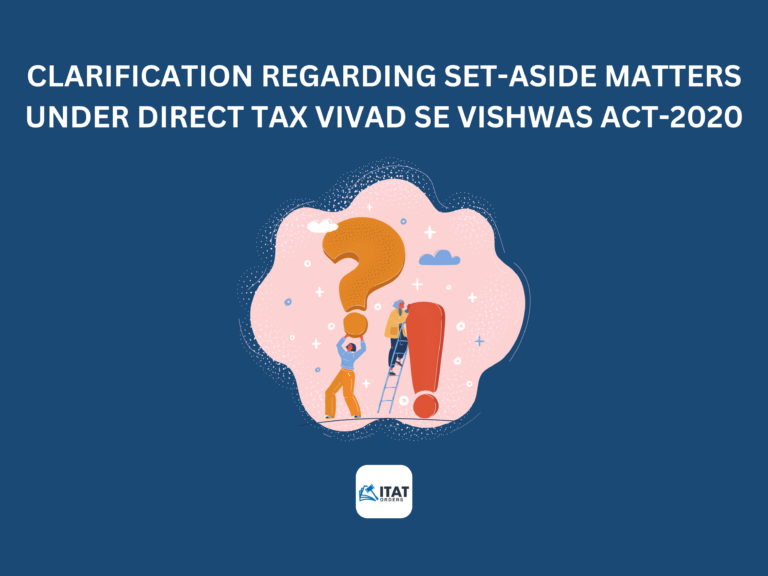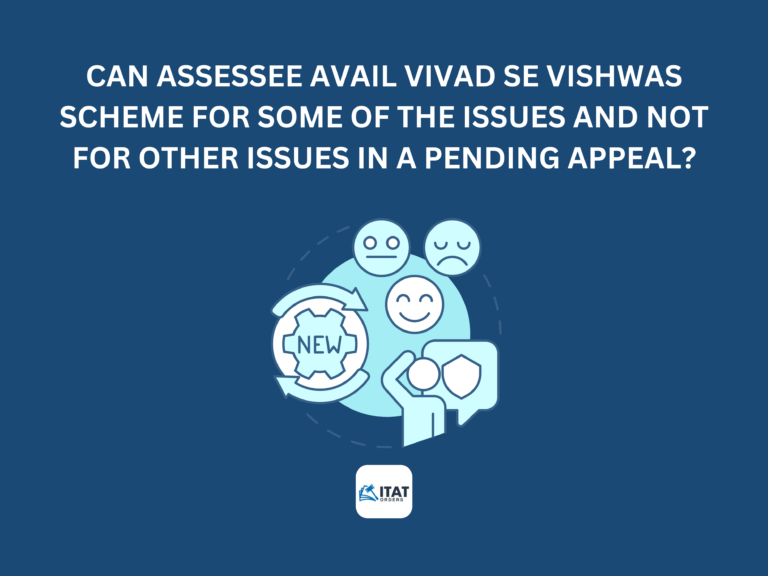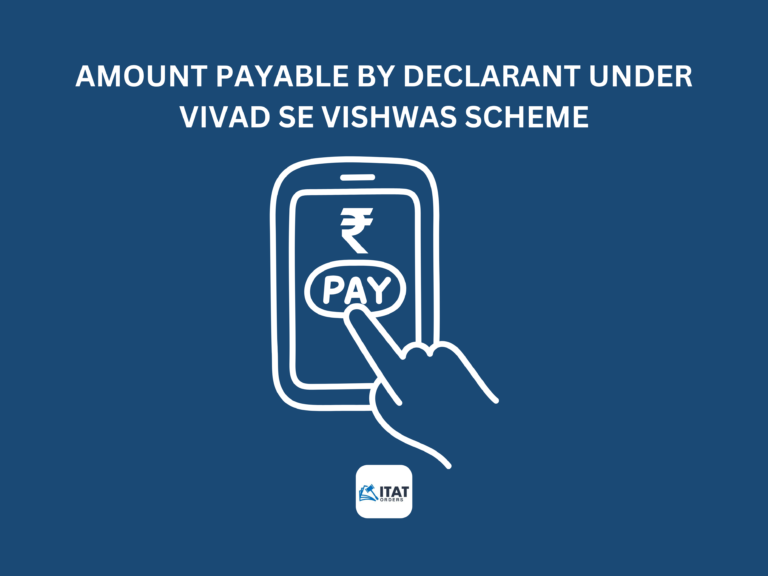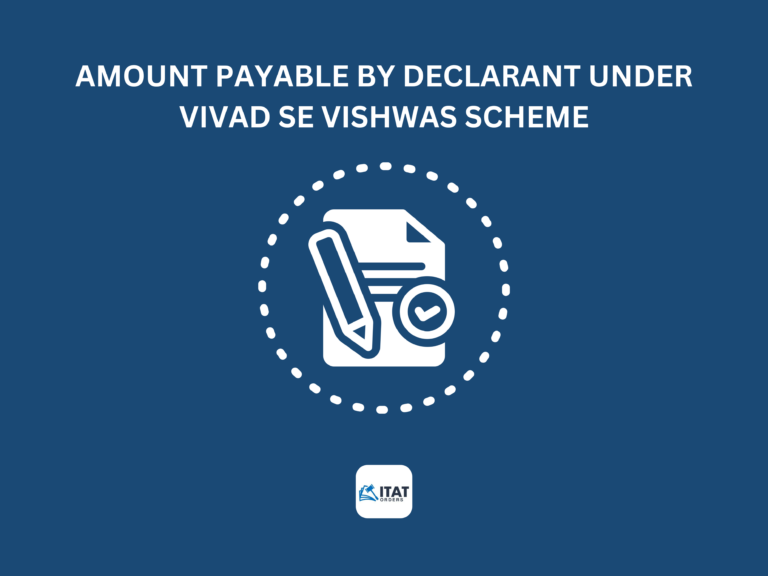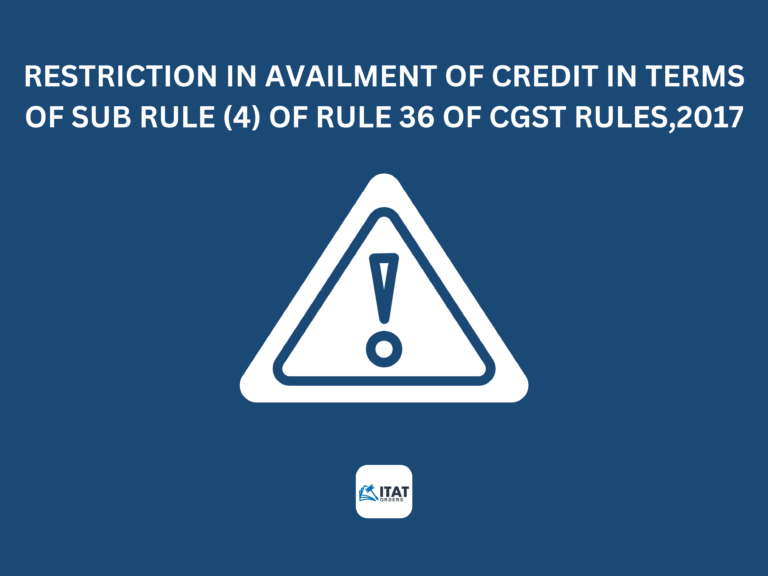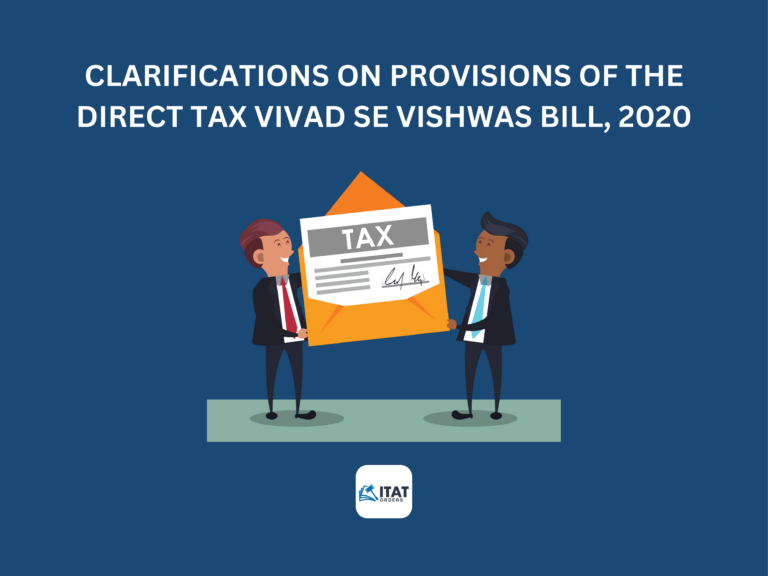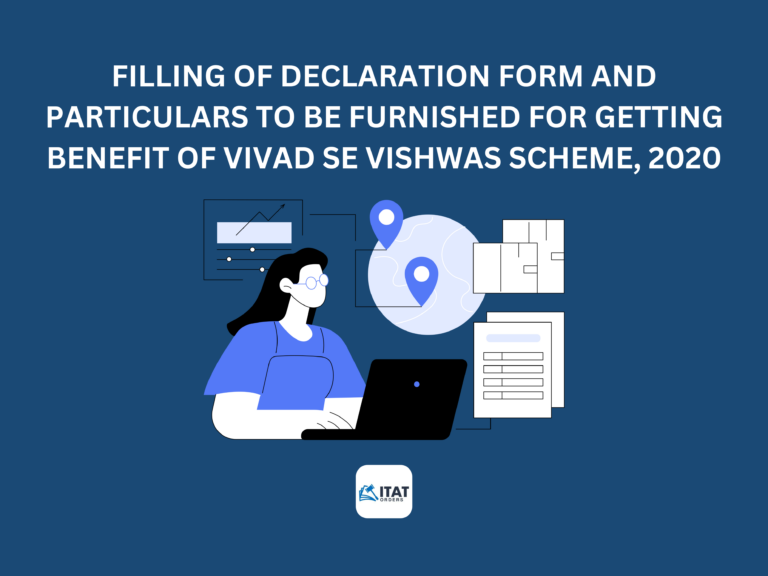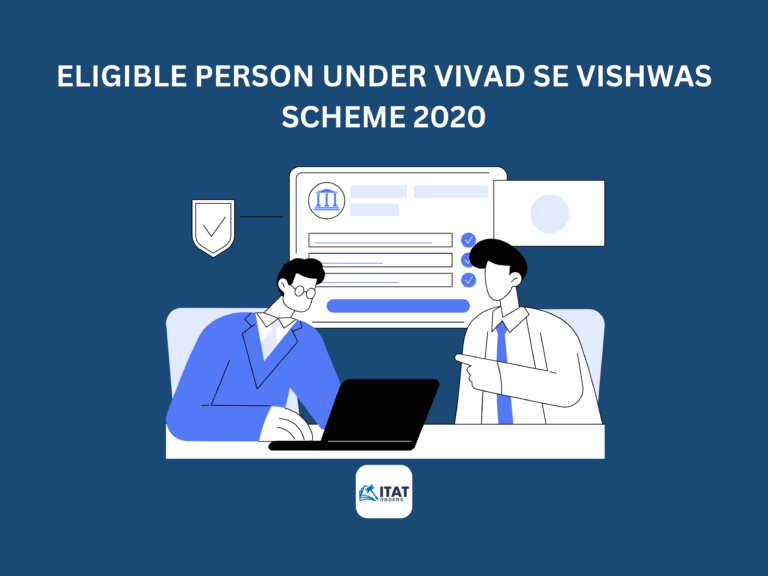The Union Finance & Corporate Affairs Minister Smt. Niramla Sitharaman announced several important relief measures taken by the Government of India in view of COVID-19 outbreak vide Press Release dated 24.03.2020, especially on statutory and regulatory compliance matters related to several sectors. In order to give effect to the announcements the government has brought in an Ordinance on 31.03.2020 which provides for extension of various time limits under the Taxation and Benami Acts.
Following are the decisions with respect to matters related to Direct Tax and Benami:
- Extension of last date of filing of original as well as revised Income-tax returns for the FY 2018-19 (AY 2019-20) to 30th June, 2020.
- Extension of Aadhaar-PAN linking date to 30th June, 2020.
- The date for making various Investment/ Payment for claiming deduction under Chapter-VIA-B of IT Act which includes Section 80C (LIC, PPF, NSC etc.), 80D (Mediclaim), 80G (Donations), etc. has been extended to 30th June, 2020. Hence the investment/payment can be made up to 30.06.2020 for claiming the deduction under these sections for FY 2019-20.
- The date for making investment/construction/purchase for claiming roll over benefit/deduction in respect of capital gains under sections 54 to 54GB of the IT Act has also been extended to 30th June 2020. Therefore, the investment/ construction/ purchase made up to 30.06.2020 shall be eligible for claiming deduction from capital gains arising during FY 2019-20.
- The date for commencement of operation for the SEZ units for claiming deduction under deduction 10AA of the IT Act has also extended to 30.06.2020 for the units which received necessary approval by 31.03.2020.
- The date for passing of order or issuance of notice by the authorities under various Direct Taxes & Benami Law has also been extended to 30.06.2020.
- It has provided that reduced rate of interest of 9% shall be charged for non-payment of Income-tax (e.g. advance tax, TDS, TCS) Equalization Levy, Securities Transaction Tax (STT), Commodities Transaction Tax (CTT) which are due for payment from 20.03.2020 to 29.06.2020 if they are paid by 30.06.2020. Further, no penalty/ prosecution shall be initiated for these non-payments.
- Under Vivad se Vishwas Scheme, the date has also been extended up to 30.06.2020. Hence, declaration and payment under the Scheme can be made up to 30.06.2020 without additional payment.
A special fund “Prime Minister’s Citizen Assistance and Relief in Emergency Situations Fund (PM CARES FUND)” has been set up for providing relief to the persons affected from the outbreak of Corona virus. The donation made upto 30th June 2020 to the PM CARES Fund shall be eligible for 100% deduction under section 80G of the IT Act. Further, the limit on deduction of 10% of gross income shall also not be applicable. Hence, any person including corporate paying concessional tax on income of FY 2020-21 under new regime can make donation to PM CARES Fund up to 30.06.2020 and can claim deduction u/s 80G against income of FY 2019-20 and shall also not lose his eligibility to pay tax in concessional taxation regime for income of FY 2020-21.
Disclaimer: This article doesn’t constitute professional advice. The author does not represent that the said information is correct and complete in all regards. The views contained in this article are personal views of the author and may change depending upon underlying facts and circumstances. Judicial and legal authorities may not subscribe to the views of author and can take different view. Readers of this article are advised to take professional advice before taking any course of action or decision. The author does not assume any responsibility or liability in respect of the information contained in this article or for any decision/ course of action readers may take based on information contained in this article.
